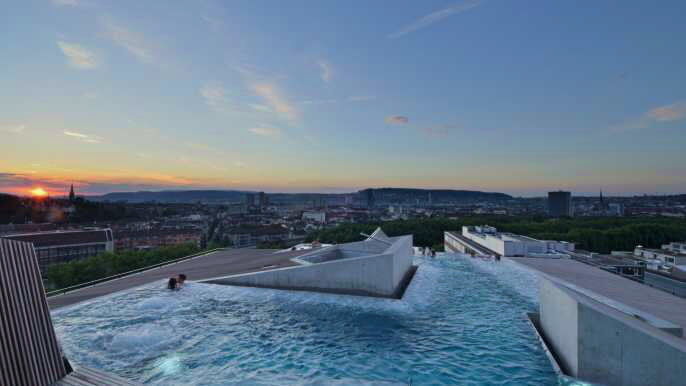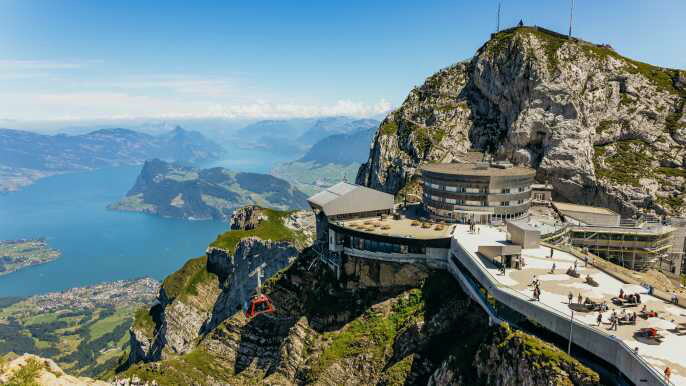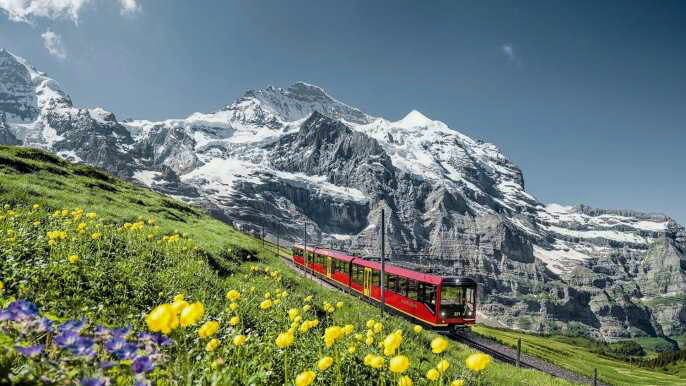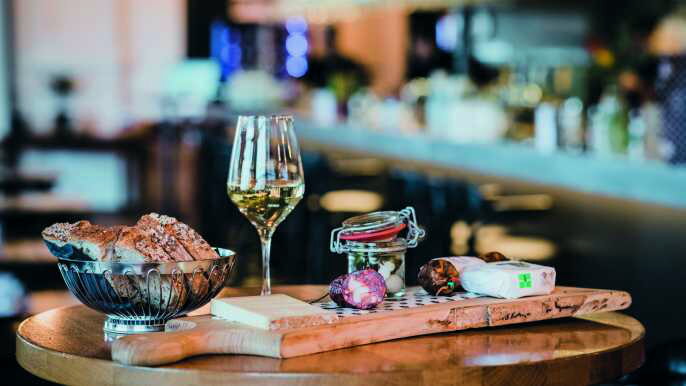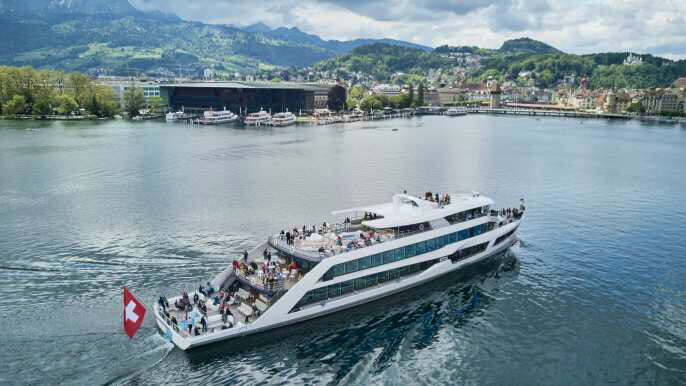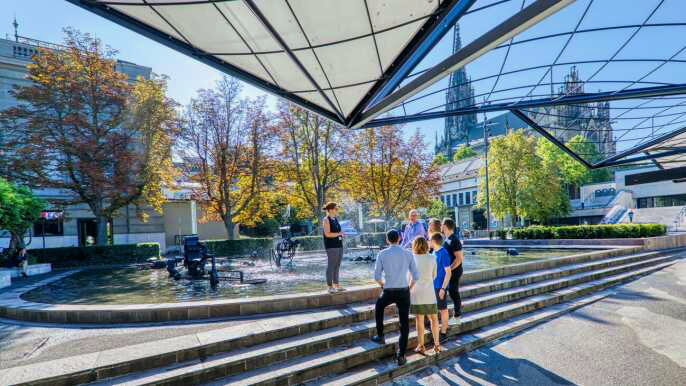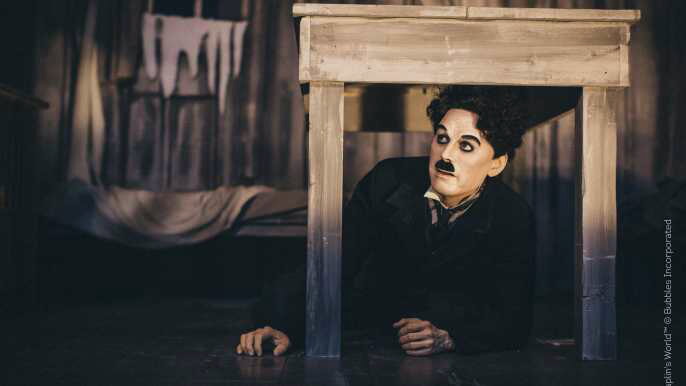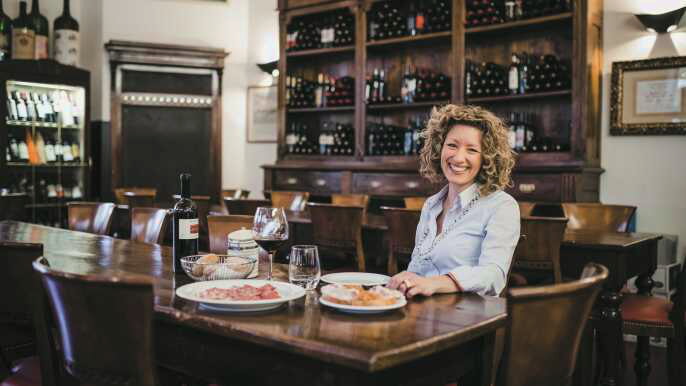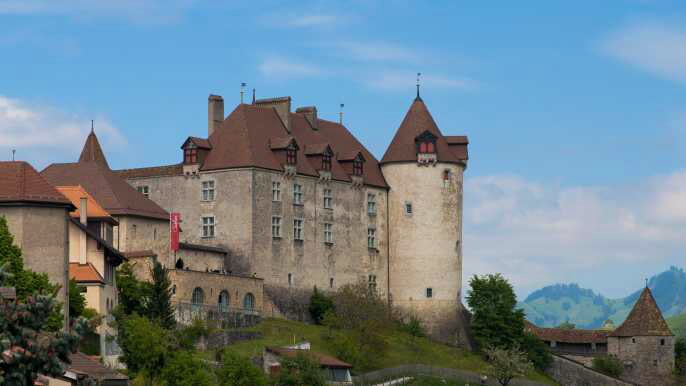Located at the south tip of a massive lake, Geneva is a picturesque city that is home to the headquarters of the Red Cross and the European United Nations. It is also surrounded by dramatic Alps and Jura mountains. Its views are awe-inspiring, with glimpses of Mont Blanc. In addition to the stunning scenery, Geneva is also a bustling financial center and a global hub for diplomacy.
Place du Bourg-de-Four
Located in the center of Geneva's Old Town, the Place du Bourg-de-Four is a major tourist destination. This picturesque square is also the city's central shopping and entertainment district.
The square is surrounded by historic buildings from the sixteenth to eighteenth centuries. These structures are home to art galleries, cafes, and bookshops. The Place is also home to a number of hotels and restaurants.
The square is a popular destination for locals and international visitors alike. During the day, you can see locals and tourists mingling over breakfast or lunch in a number of cafes. The area is also home to several museums and galleries.
The Place du Bourg-de-Four was a center of commerce and trade in the Roman Empire, when it was the marketplace for buying and selling cattle. In the sixteenth century, it became a refuge for Protestant refugees who fled from France. The square still holds importance today as a meeting point for Genevois.
The square is bordered by a tree-lined promenade and historic mansions. A spiral staircase leads to a tower with a 360deg view. The square is also home to the longest wooden bench in the world.
A stroll around the historic area of the Old Town will reveal numerous terraces and cafes. The promenade overlooks the Parc des Bastions.
Jardin Anglais
Located in the heart of Geneva, the Jardin Anglais (also known as the English Garden) is a pleasant place to relax and take in the sights of this beautiful city. This green space, located on the south shore of Lake Geneva, mimics the quintessential English Landscape Garden.
The main attraction of the English Garden is the Floral Clock. This impressive clock is a testament to the long-standing watchmaking industry in Switzerland. The clock is made up of 12,000 flowers, a feat in and of itself.
The Fountain of Four Seasons is another must-see in the Garden. This fountain is surrounded by ancient trees.
The best part is that you can see it for free. You can also stroll along the lakeshore, where you can watch paddleboats and yachts. There are also numerous green spaces in the city.
The Flower Clock in the Garden is the most important attraction in the city, especially for the Genevan watchmakers. This is the biggest outdoor clock in the world, and it pays tribute to the Swiss watch industry. It measures five meters in diameter and has a 2.5-meter seconds hand.
The Horloge Fleurie is a nod to the city's long-standing watchmaking tradition. The clock is made up of a parterre of flowers, and it changes colors with the seasons.
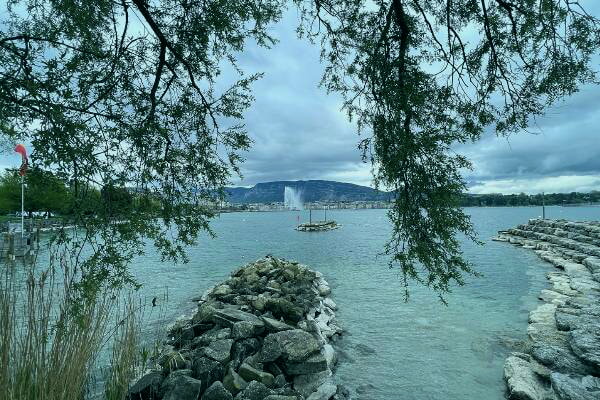
Jet d'Eau fountain
Located on Lake Geneva, the Jet d'Eau Fountain is a major tourist attraction. The water jet is 140 metres tall, and sends a stream of water into the air at a speed of 200 km per hour. It is a symbol of the city of Geneva, and a sight to behold at any time of year.
In the 19th century, the city was in full bloom, and needed an energy source for its machines. Craftsmen used energy from a hydraulic plant on the Rhone to power the machinery. They also needed extra flow for workshops.
The fountain was initially 30 meters high, but was later moved to a more prominent location on the Eaux-Vives wharf. The first Jet d'Eau was a safety valve for the hydraulic power network. During evening hours, pressure built up in the pumping station. Thankfully, the city's hydraulic experts installed a valve that would release the excess pressure.
The jet itself has the capacity to send out 500 litres of water per second. Its spray gives the water a beautiful white colour.
In the 21st century, the fountain was re-designed with a powerful pump. The water was then sprayed from a nozzle that reached the middle of the lake.
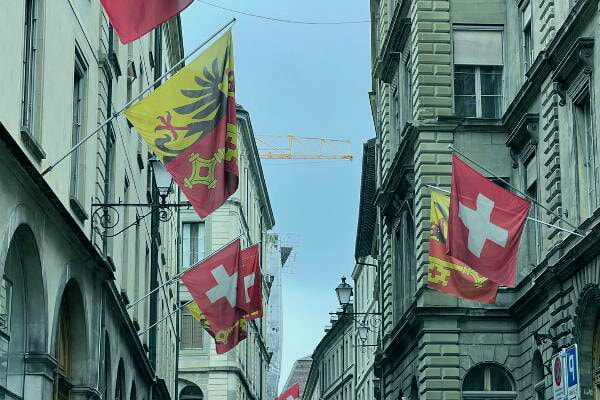
Basilica de Notre Dame
Located in the city of Geneva, Switzerland, Basilica de Notre Dame is the main Roman Catholic church in the area. It was built between 1852 and 1857. It is open to the public on Saturdays and Sundays, from 8 am to 4 pm.
The basilica is dedicated to the Virgin Mary. Visitors are invited to take a free guided tour. The tour will give information on the history of the basilica. For an additional fee, visitors can take a more in-depth tour.
The interior of the basilica is decorated with mosaics created by the French architects Charles Lameire and Georges Decote. These mosaics depict the relationship between Mary and the Church. There are more than 250 Romanesque capitals in the building.
The stained glass windows inside the basilica are particularly outstanding. They were installed by Claudius Lavergne in the early 19th century. Most of the windows show the evolution of the stained glass over the years.
There is also a museum in the basilica that gives more information on the history of the building. The museum includes personal objects, manuscripts, and letters. It was opened to the public in 1954. It is located on the first floor.
Parc des Bastions
Located in the center of the city, the Parc des Bastions is a beautiful and well kept park. The most prominent feature of this park is the world renowned Reformation Wall. This is a stone monument commemorating four great figures of the Geneva protestant movement. The Wall of the Reformers includes representatives of Guillaume Farel (1489-1565), John Calvin (1509-1564), Theodore Beza (1513-1605) and the aforementioned John Knox.
The park is also home to the International Monument to the Reformation. This stone monument is a hundred meters long and features four statues. Each statue depicts a notable contribution to the movement.
The park also hosts the annual Gravity show. This 15-minute show uses sound and light to display interesting science and technology achievements. It is free to watch and is a great way to spend an evening. It is not particularly well promoted, but is a worthwhile experience.
Another gimmick is the park's giant chess set. A life-size chess board is located in the main park, while smaller ones can be found throughout the city. A restaurant is also situated at the site.
The best part of this park is that it is free to enter. It also has numerous events held throughout the year. The area is well suited for a quiet stroll, a bike ride or a picnic.
Swiss Riviera
Taking a trip to Geneva and the Swiss Riviera is a fantastic way to spend a long weekend in Switzerland. This tour includes two days of world-class sightseeing, an overnight stay in a four-star hotel, and a day of free time to explore the region.
This tour starts with a visit to the famous Jet d'Eau. This fountain in the center of the city shoots water 140 meters into the air, making it one of the most impressive sights in Geneva.
You can also ride the cable car to the top of Mont Saleve, a mountain peak that rises to 1,400 meters. It's not a very difficult hike, and it's worth the effort.
The Montreux Riviera Card is issued to all guests in town, and it's worth a look if you're visiting. It's a 50% discount on daylong excursions from Montreux, and it's valid for two hours.
The Lavaux Vineyard Terraces is another impressive site to see. The site is a UNESCO World Heritage Site, and it offers breathtaking views of the lake. The site is also home to terraced wineries, making it one of the best places to sample Swiss wines.
There are numerous other sites to see in Geneva, such as the Chocolate Factory, the Freddie Mercury Statue, and the city's impressive botanical garden. However, the best and most impressive sight is the Lavaux vineyards.
Natural History Museum
Located in Geneva, the Natural History Museum of Geneva is the largest natural history museum in Switzerland. It has a collection of over 15 million specimens, which are vital to understanding our living planet. The collections cover a wide range of topics, including the origins of man and the evolution of Earth.
In addition to its collections, the Natural History Museum is also home to an important library of scientific literature and archives. The museum offers a wide variety of exhibits, including the world's largest collection of fossils.
The museum's permanent collection includes specimens of animals, minerals, and plants. The museum regularly hosts temporary exhibitions.
The museum has four floors of collections. The first floor focuses on local fauna and flora. The second level includes a diorama of the evolution of man. The top floor covers the solar system and minerals. The Museum d'histoire naturelle is a must-see for families.
The museum also has a gift shop. The shop has discounts on items from 50% to 80%. The Natural History Museum of Geneva is open on Tuesday to Sunday, from 10am to 5pm. It is accessible to people with disabilities.
The museum is free. It is closed on Mondays, Christmas and New Year's Day, and on December 25, and January 1.


